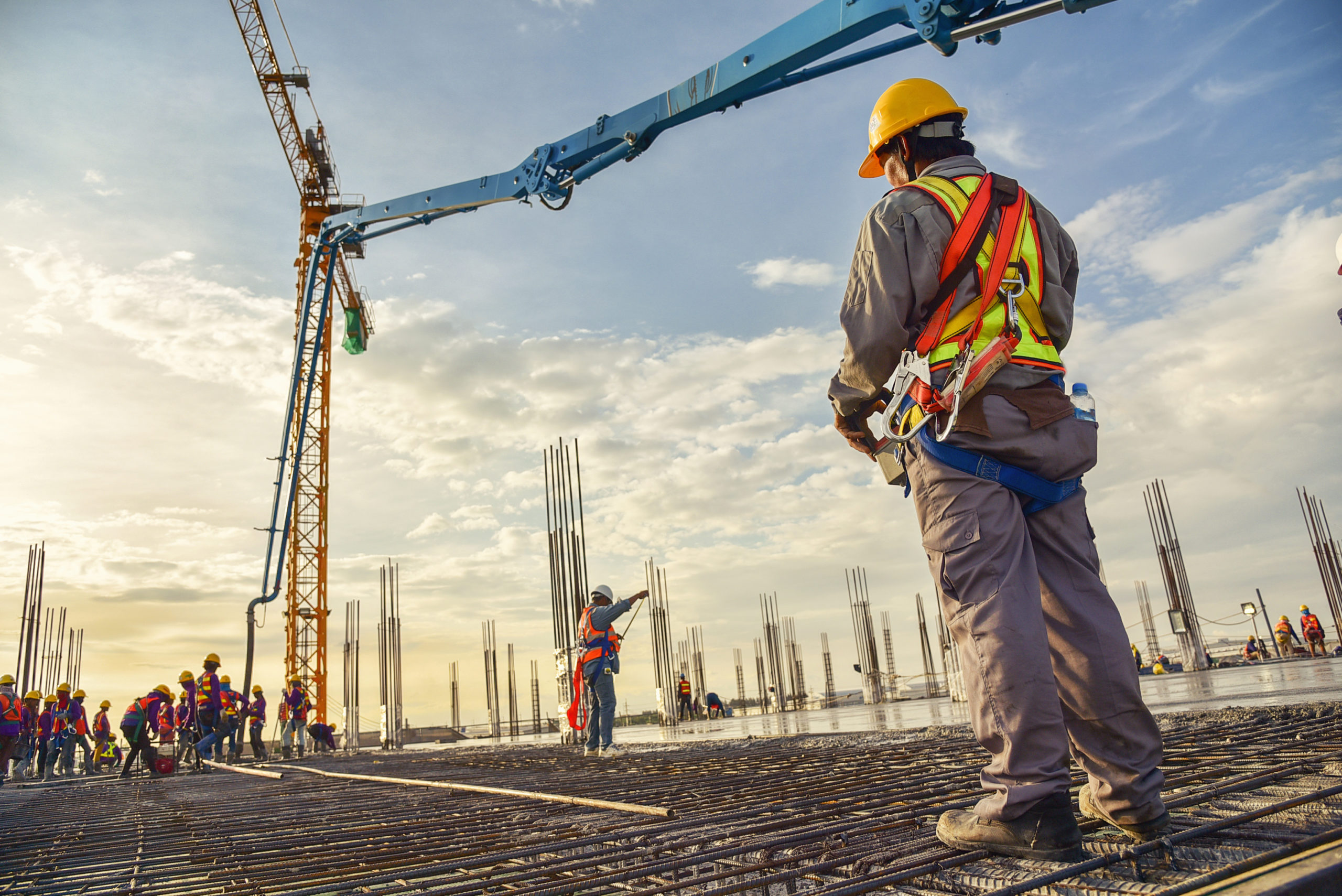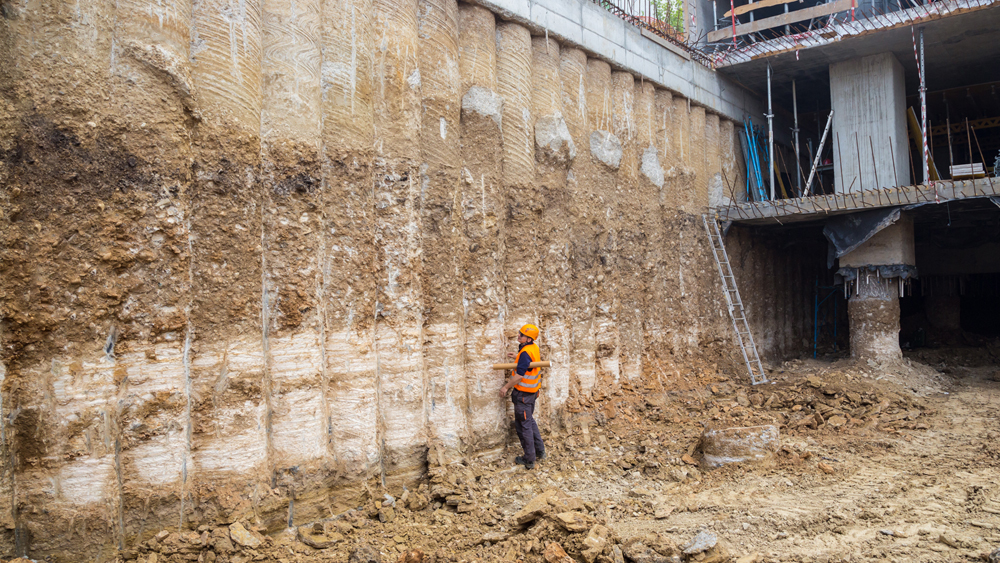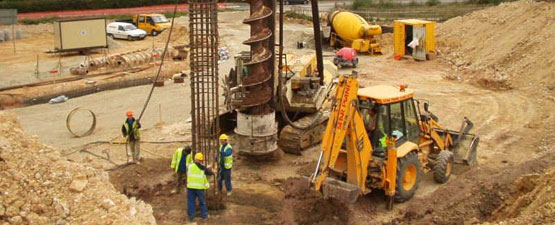Comprehensive Geotechnical Works to Ensure Website Stability
Comprehensive Geotechnical Works to Ensure Website Stability
Blog Article
How Consulting Engineers Enhance Geotechnical Design Projects: Insights Into Their Expertise, Methods, and Collaborative Approaches
Consulting engineers are essential in boosting geotechnical design jobs, using their specialized expertise to browse the intricacies of subsurface conditions. Their collaborative methods foster interaction amongst varied job stakeholders, eventually shaping the job's trajectory.
Function of Consulting Engineers
The expertise of seeking advice from designers in geotechnical engineering is basic to the successful execution of construction tasks. These specialists play a pivotal function in examining soil and rock residential or commercial properties, which are crucial variables influencing design and construction choices. By conducting extensive website examinations, speaking with designers gather essential information that educates the design procedure, guaranteeing tasks are improved stable and appropriate ground.
Consulting engineers additionally give vital insights into threat monitoring (geotechnical geologist). They identify possible geotechnical hazards, such as landslides, soil liquefaction, and settlement problems, making it possible for stakeholders to implement efficient mitigation techniques. Their know-how aids in maximizing structure designs, which can result in significant price financial savings and enhanced security
In addition, getting in touch with engineers offer as an important web link in between task owners, architects, and contractors. Their capability to equate complicated geotechnical data into workable recommendations fosters cooperation and helps with notified decision-making throughout the project lifecycle. This multidisciplinary strategy not only boosts task effectiveness but likewise guarantees conformity with governing criteria and finest methods.
Key Approaches in Geotechnical Engineering

One main technique is website examination, which includes conducting field tests and research laboratory analyses to collect information on subsurface conditions. Methods such as Standard Penetration Testing (SPT) and Cone Penetration Testing (CPT) are commonly made use of to assess soil stratigraphy and strength. Furthermore, geophysical methods, consisting of seismic and electric resistivity surveys, supply non-invasive methods to evaluate subsurface characteristics.
One more essential method is mathematical modeling, which makes it possible for designers to imitate various circumstances and forecast just how soil-structure communications will act under different loading conditions. Finite Aspect Analysis (FEA) is a common technique utilized in this context.
Additionally, the style of structures, keeping structures, and earthworks relies heavily on these methods - geotechnical geologist. By incorporating innovative analytical devices with field data, getting in touch with designers can establish customized solutions that attend to certain job challenges, ultimately adding to the stability and safety of building tasks
Significance of Dirt Evaluation
Soil evaluation acts as a foundational element in geotechnical engineering, giving essential understandings into the physical and chemical residential or commercial properties of dirt required for effective building planning. Recognizing soil features is critical for establishing its load-bearing capability, drainage actions, and potential for negotiation or instability. Comprehensive dirt examinations, including sampling and laboratory screening, assistance recognize criteria such as soil kind, wetness web content, density, and shear toughness.
These evaluations notify the option of proper building strategies and materials, eventually influencing job safety and longevity. For example, natural soils may call for various foundation layouts compared to granular soils, requiring tailored engineering remedies. Soil analysis aids in identifying contaminants that could posture risks to human wellness or the environment, enabling for the advancement of mitigation methods.
Integrating dirt analysis right into the very early phases of project growth assists to reduce unexpected obstacles, making certain that designers can anticipate and deal with possible concerns before they intensify. By establishing a thorough understanding of the site problems, speaking with engineers can maximize layout performance and decrease prices, consequently boosting the total success of geotechnical design tasks.
Collective Techniques in Projects
Successful geotechnical tasks often hinge on joint approaches that combine diverse experience from various disciplines. Reliable collaboration amongst speaking with designers, geologists, ecological scientists, and construction experts is crucial for attending to complex difficulties and maximizing job outcomes. By leveraging the unique skills and expertise of each employee, tasks can benefit from a holistic understanding of the site conditions, regulative requirements, and engineering constraints.
Regular communication and interdisciplinary meetings facilitate the sharing of understandings and cultivate a society of synergy. These collective efforts allow the recognition of prospective threats early in the task lifecycle, permitting timely reduction approaches. Moreover, including feedback from stakeholders, consisting of neighborhood areas and regulative firms, makes sure that all point of views are taken into consideration, boosting job acceptance and conformity.
In addition, the integration of innovative modern technologies, such as Geographic Details Solution (GIS) and Structure Details Modeling (BIM), additional improves collaboration. These devices permit the real-time sharing why not try here of data and visualization of geotechnical conditions, promoting informed decision-making. Ultimately, a collaborative method not only enhances task implementation but also lays the foundation for ingenious remedies to complicated geotechnical design obstacles.
Influence On Job Outcomes

Consulting designers utilize advanced methods such as danger analysis and predictive modeling, which improve the precision of task projections. Their capacity to incorporate cutting-edge technologies, like geotechnical instrumentation and data analytics, further fine-tunes the layout and building and construction processes. Consequently, projects experience enhanced efficiency, reduced prices, and lessened hold-ups.
Moreover, fostering effective interaction and partnership among employee improves analytical capacities. When challenges develop, an unified front enables for swift recognition of remedies, preventing potential setbacks. Ultimately, the collective efforts of speaking with designers contribute to better outcomes, making certain that jobs satisfy both regulatory criteria and client expectations.
Verdict

Report this page